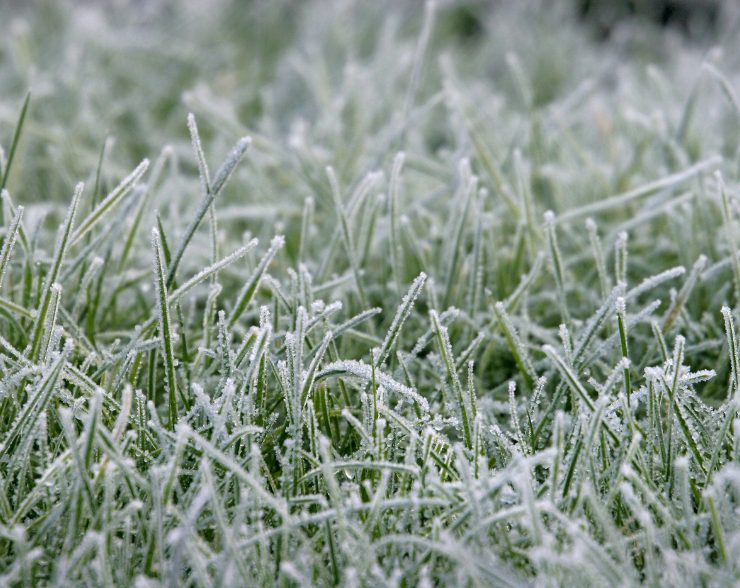Get Your Yard Ready for Cooler Months with Winter Grass Preparation

As temperatures drop in Arizona, your summer lawn can start to thin out, leaving your yard looking dull and patchy. To maintain a lush, green lawn through the cooler months, winter grass preparation is essential. Overseeding with ryegrass ensures your landscape remains vibrant while preventing soil erosion and maintaining curb appeal.
Why Overseed with Ryegrass?
Arizona’s warm-season grasses, such as Bermuda grass, go dormant in the winter, turning brown and dry. Overseeding with ryegrass keeps your lawn green and healthy throughout the cooler months. Ryegrass germinates quickly, provides a rich color, and helps maintain a uniform look for your yard. Additionally, it improves soil health by preventing compaction and reducing weed growth.
When to Start Winter Grass Preparation
The ideal time to overseed is in early fall when temperatures drop below 65 degrees at night. This allows ryegrass to establish itself before colder weather arrives, ensuring it thrives through the winter. Starting too early can cause heat stress, while planting too late may lead to poor germination.
Steps for a Successful Winter Lawn
1. Scalp and Dethatch Your Lawn
Start by mowing your Bermuda grass lower than usual to remove excess thatch. This allows ryegrass seeds to reach the soil for better germination. Removing the thatch also prevents disease and fungal growth.
2. Aerate the Soil
Compacted soil can prevent new grass from growing. Aeration loosens the soil, allowing water, air, and nutrients to penetrate more effectively. This step improves overall root development, making your lawn stronger and more resilient.
3. Spread Ryegrass Seed Evenly
Use a broadcast spreader to distribute ryegrass seed evenly across your lawn. A high-quality perennial ryegrass mix will provide the best results. Apply a second, lighter pass in areas that may need extra coverage.
4. Water Frequently
After overseeding, water lightly several times a day to keep the soil consistently moist. Once seedlings appear, gradually reduce watering to encourage deeper root growth. Overwatering can lead to mold, so it’s important to find the right balance.
5. Fertilize for Strong Growth
Apply a balanced fertilizer to give ryegrass the nutrients it needs to thrive. Avoid high-nitrogen fertilizers early on, as they may encourage excessive top growth without strong root development. A slow-release fertilizer is ideal for promoting long-term health.
6. Mow at the Right Time
Once the ryegrass reaches about 3 inches in height, begin mowing at a higher setting to encourage strong roots. Avoid cutting too short, as this can stress the new grass.
At Curb Appeal Arizona, we specialize in Experienced Landscaping Professionals in Tempe, AZ. Contact us today to schedule your winter grass preparation and keep your yard green all season long!




